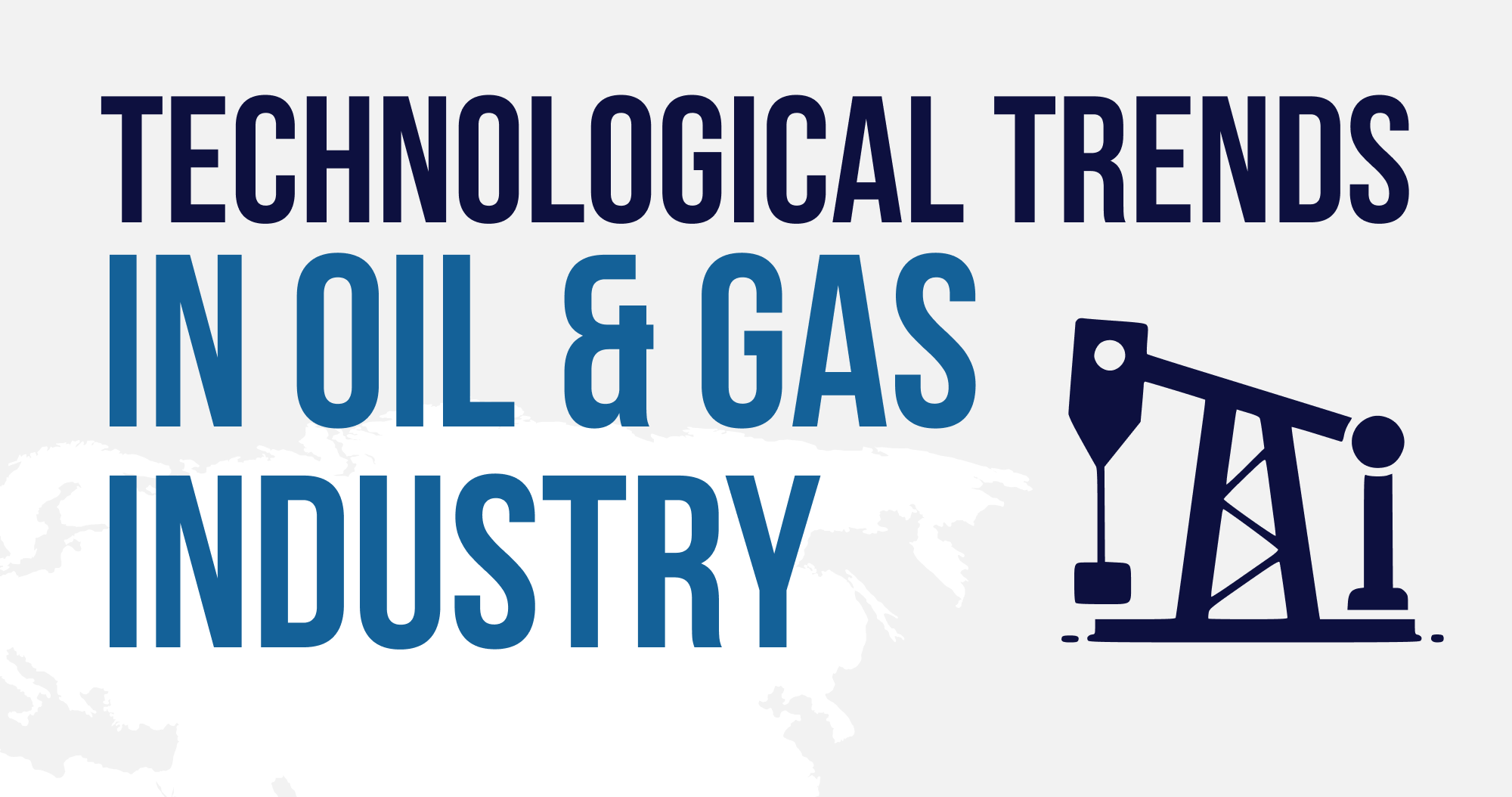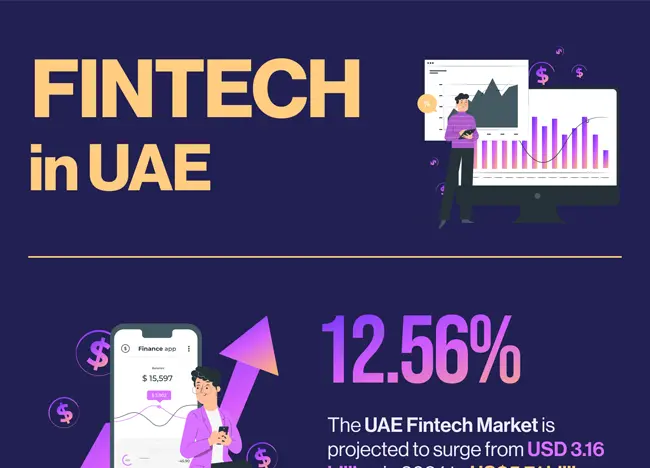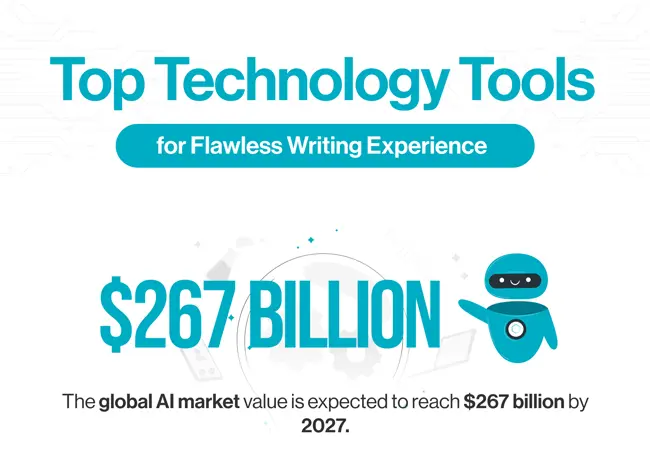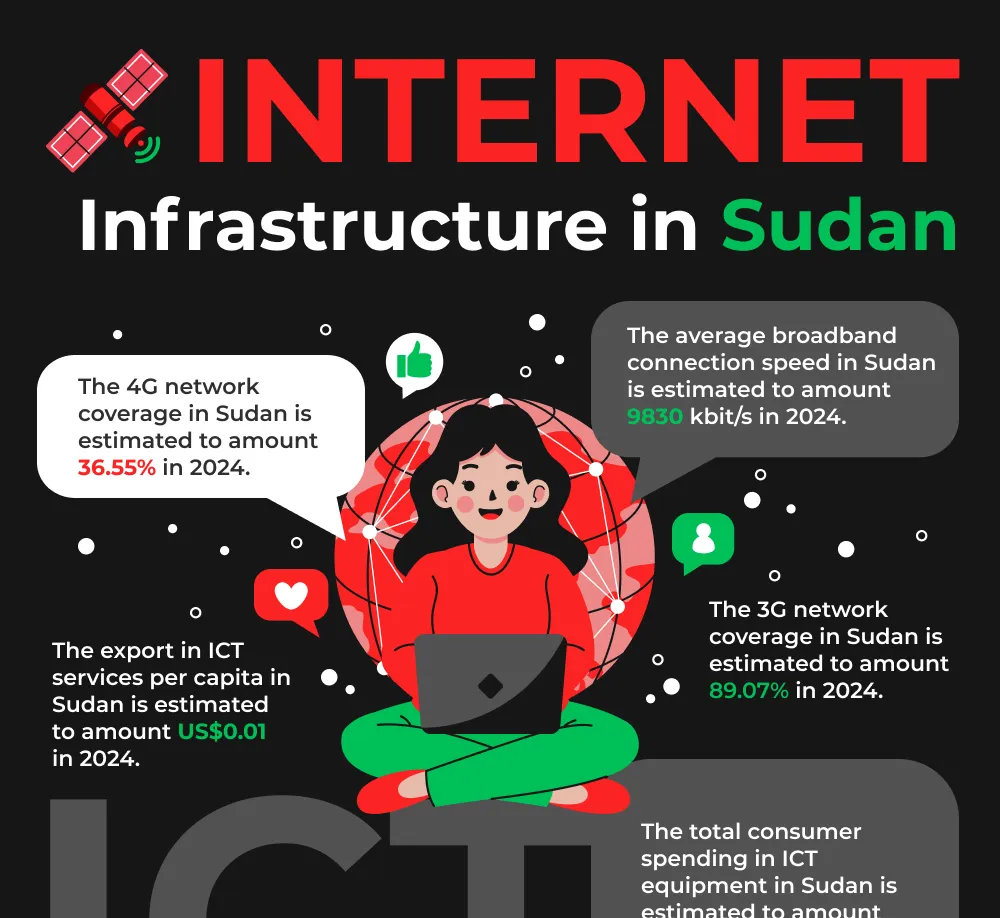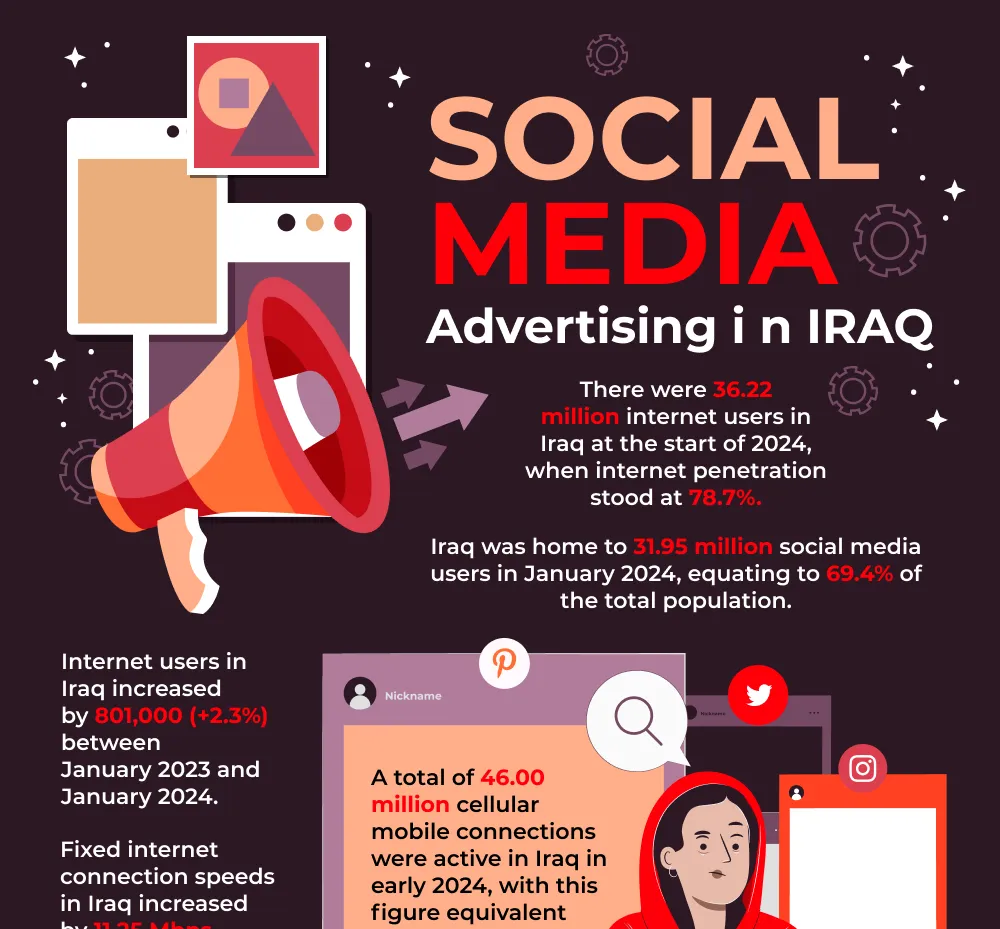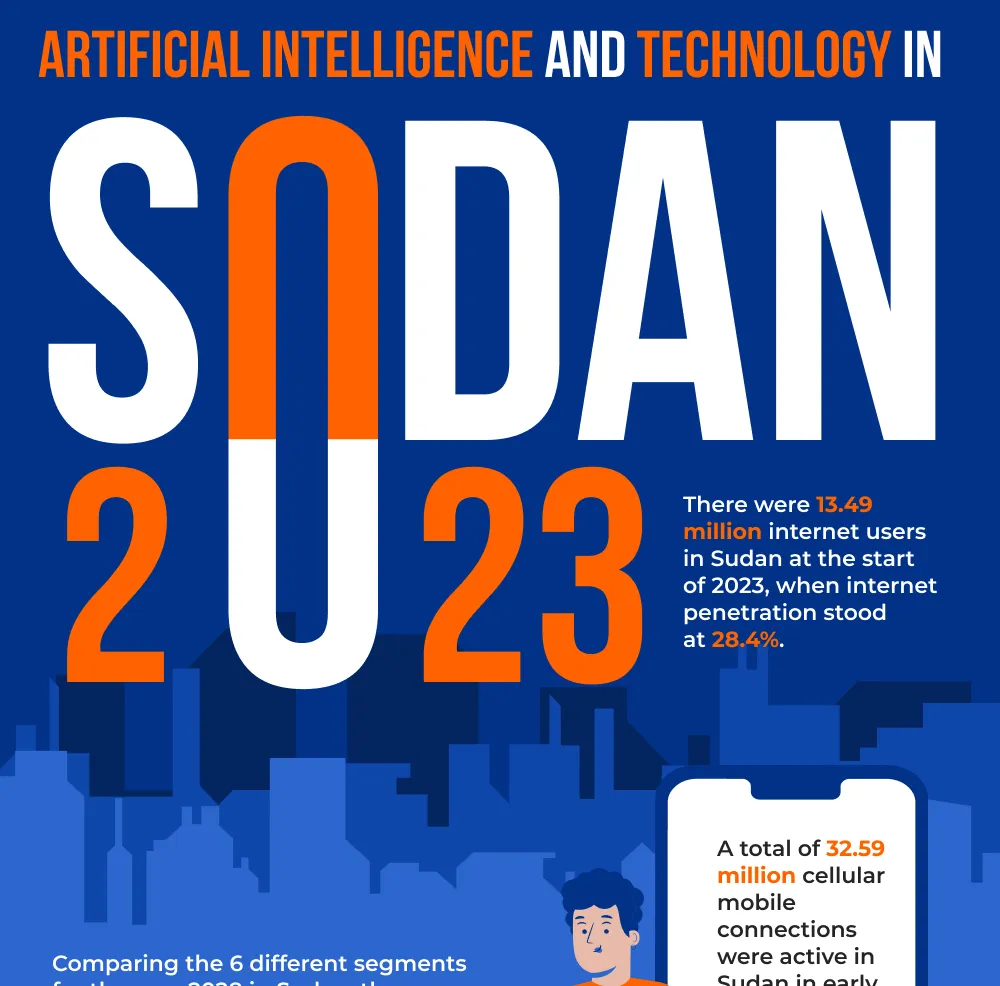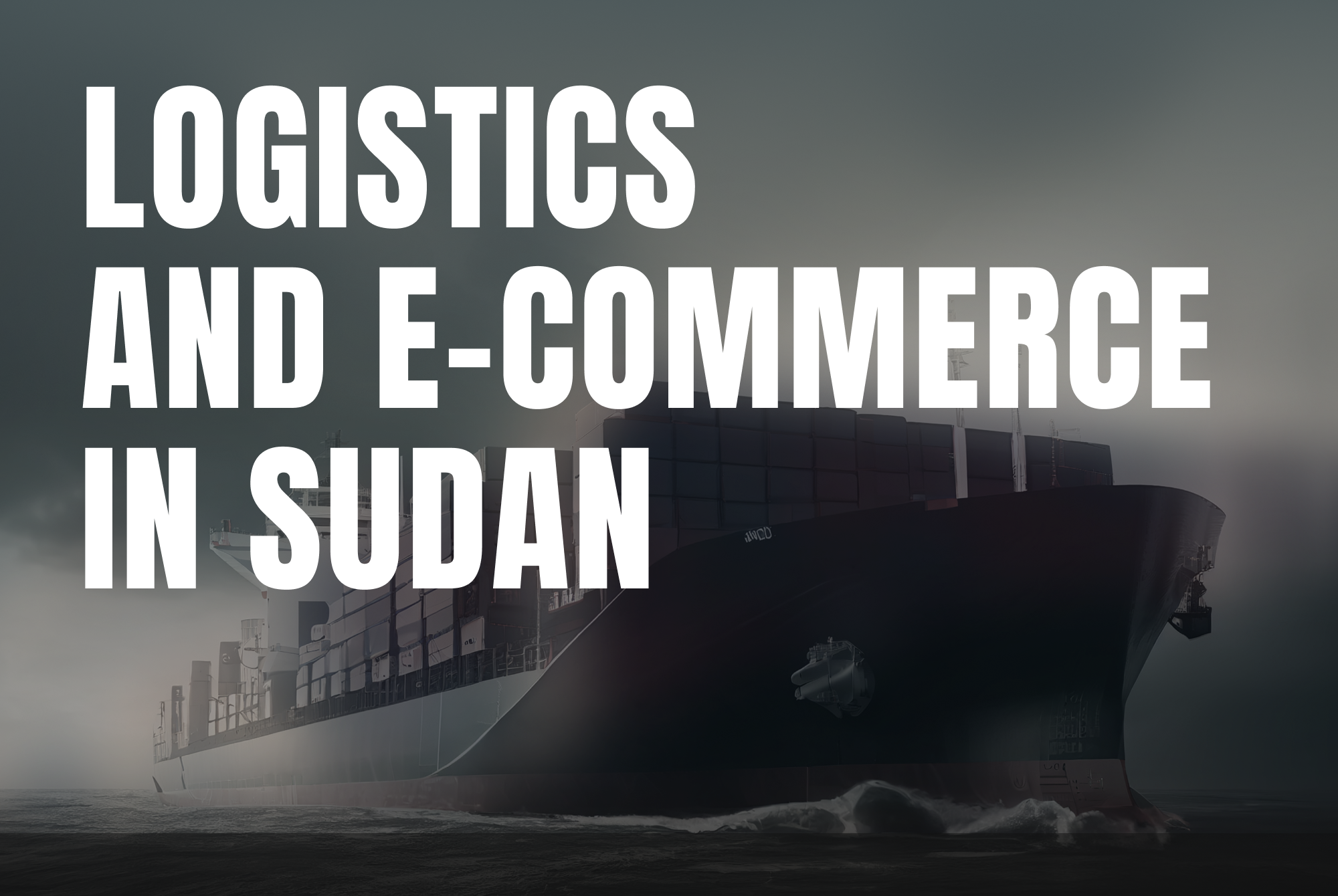Bahrain is an archipelago consisting of an island and 32 other constituencies. It spans an area of 760 square kilometers and is the third smallest country in Asia. It has a subtropical climate with desert areas, and huge amounts of natural oil and gas reserves. Due to the rapid growth in the past few years, Bahrain was classified by the World Bank as a high income economy. However, the government of Bahrain has formulated a well-structured plan to shift their economic transformation towards long-term development and sustainable growth, where greater focus will be placed on various rudimentary sectors to establish Bahrain as a primary hub for their nationals, as well as attract the best talent from all across the globe.
The Comprehensive Economic Recovery Plan, launched in 2021, has announced to invest more than $30 billion in strategic and developmental projects, and has been the focal point of the transformation of the country's economy. The government has laid out a roadmap that aims to boost the economy by focusing on non-oil sectors and attract foreign investment, also bringing in initiatives to enhance the country's climate to tackle worldwide climate change and global warming. The five-pillar recovery plan aims to enhance the long-term sustainability of the economy and initiate recovery plans amid the post-pandemic era, which is in line with the "Bahrain Vision 2030".
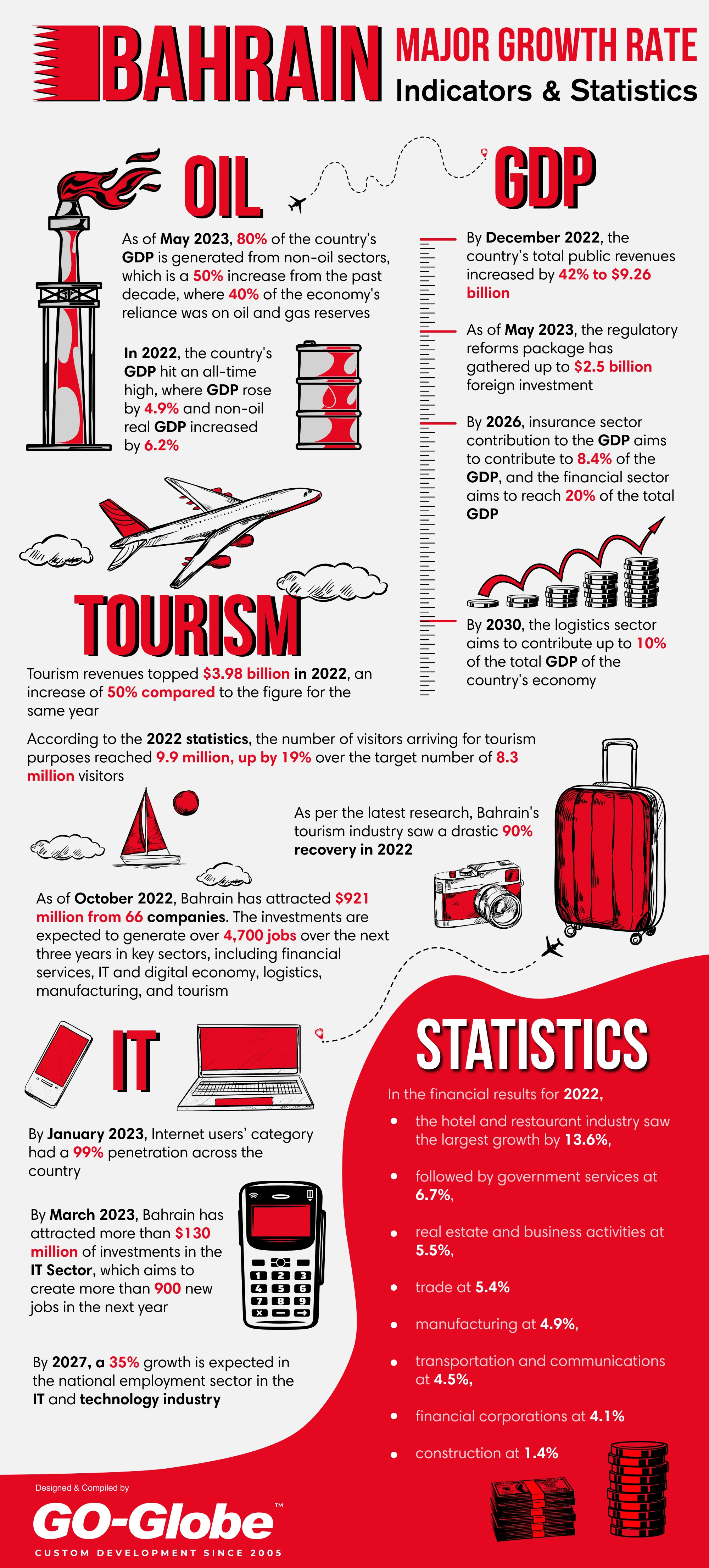
Infographics by GO-Globe Bahrain
The priority sectors include various sectors such as oil and gas, financial services, tourism, logistics and transport, IT and digitization and telecommunications. The major exports of Bahrain are:
- Petroleum products
- Aluminum
- Finance and construction materials
Financial Services
The fundamental objective to diversify the economy is to focus on the country's financial sectors. The country's capital, Manama, is home to many large and medium financial organizations, primarily due to the country's reliance on oil and gas exports. The financial sectors plan aims for 5 companies to be listed in the Bahrain Investment market, increase training opportunities for finance students and professionals, maintaining a consistent annual growth in electronic fund transfers, increase the insurance sector contribution to the GDP up to 8.4% by 2026, and increase the finance industry's GDP contribution to the economy as a whole.
Tourism
For the tourism sector, the objective is to promote Bahrain as an international tourism hub and increase the sector's contribution to the GDP up to 11.4% by 2026. This has allowed Bahrain to complete the construction of the AI Dana Amphitheatre, host world renowned musicians and celebrities such as Justin Bieber, and build major projects and tourist attractions to implement their plan.
Logistics and Transport
The agenda under the logistics umbrella is to ensure that Bahrain becomes a market leader, one of the top 20, in the field of transportation and logistics. The plan focuses on increasing the number of flights to more than 80+ countries, enhancing the port system to achieve a 1 million cargo port capacity, strengthening the transportation system via buses, public transport and efficient road and rail network system. By 2030, the logistics sector aims to contribute up to 10% of the total GDP.
Telecommunications, IT and Digitization
As we say, Data is the new oil. That seems to be true. Since the advent of COVID-19, the IT and technology industry has gained the most focus, and every thriving and developing economy needs to develop a robust and strong IT network to help boost their economy. The key performance indicators to be achieved aim to build a perfect and robust 100% broadband network coverage across the country, enhance the build the cybersecurity sector and train individuals interested in this field, promote IT start-ups and software companies by offering low-interest schemes, and achieve a 35% growth in the national employment sector in the IT and technology industry. With a focus towards blockchain, cryptocurrency, IoT (Internet of Things), Big Data and Artificial Intelligence, the country seems to have a bright future with major technological advancements on the horizon.
Developmental and Strategic Projects
The Bahrain Kingdom has rolled out a futuristic and long term strategy to initiate more than 20 developmental projects, focusing on tourism, construction, industrial development, education, health, housing and real estate, with some of them listed below:
- Jumeirah Bahrain Bay Resort: A tourist city, which will include 2 beach resorts
- Bilaj Al Jazaver Beachfront Development
- Mantis Hotel and Resort, Hawar Island
- Construction of Five New Cities
- Fasht al Jarim: The largest of these projects, with an area spanning upto 183 square kilometers
- Suhaila Island
- Fasht al Adhm
- Gulf of Bahrain
- Hawar Islands
- King Hamad Causeway: A 25km bridge linking Bahrain to Saudi Arabia
- Bahrain Metro: Spanning an area of 109 km, covering all major areas
- Aluminum Downstream Zone
- Bapco Modernization Program (BMP): Largest industrial project, a state-of-the-art refinery, environmentally compliant to increase oil refining capacity
- US Trade Zone (USTZ): spanning over 1.11 million square metres and will cost up to BHD 75 million
- College of Engineering, University of Bahrain
- King Hamad AMH Hospital: this eco-friendly hospital is set to be 75% solar-run
- Government Land Development Project and Salman City: Promote more than 30,000 new residential units
Labor Market Reforms
Bahrain plans on promoting education, jobs, and businesses amongst the nationals, and divert their decades long focus from expatriates to the nationals, where the government targets to upskill the workforce by creating more than 30,000 jobs for the nationals, train more than 10,000 Bahrain citizens every year until 2026, and conduct a careful and diligent review of the wages and salaries offered to the skilled workforce.
Regulatory Reforms Project
More than $2.5 billion of investment has been rolled out by the international players to support regulatory reforms, which would increase the ease of doing business by simplifying the process to get licenses for. Some additional steps also include digitization of urban planning services, the launch of a new residency permit program, and the development of an online portal to promote and showcase investment opportunities for the residents of Bahrain. All these reforms, if put into action, would gather billions of dollars of investment worldwide.
Bahrain Major Growth Rate Indicators and Statistics
- As of May 2023, 80% of the country's GDP is generated from non-oil sectors, which is a 50% increase from the past decade, where 40% of the economy's reliance was on oil and gas reserves
- In 2022, the country's GDP hit an all-time high, where GDP rose by 4.9% and non-oil real GDP increased by 6.2%
- Tourism revenues topped $3.98 billion in 2022, an increase of 50% compared to the figure for the same year
- According to the 2022 statistics, the number of visitors arriving for tourism purposes reached 9.9 million, up by 19% over the target number of 8.3 million visitors
- As per the latest research, Bahrain's tourism industry saw a drastic 90% recovery in 2022
- As of October 2022, Bahrain has attracted $921 million from 66 companies. The investments are expected to generate over 4,700 jobs over the next three years in key sectors, including financial services, IT and digital economy, logistics, manufacturing, and tourism
- As of May 2023, the regulatory reforms package has gathered up to $2.5 billion foreign investment
- In the financial results for 2022, the hotel and restaurant industry saw the largest growth by 13.6%, followed by government services at 6.7%, real estate and business activities at 5.5%, trade at 5.4% manufacturing at 4.9%, transportation and communications at 4.5%, financial corporations at 4.1% and construction at 1.4%
- By December 2022, the country’s total public revenues increased by 42% to $9.26 billion
- By January 2023, Internet users’ category had a 99% penetration across the country
- By March 2023, Bahrain has attracted more than $130 million of investments in the IT Sector, which aims to create more than 900 new jobs in the next year
- By 2030, the logistics sector aims to contribute up to 10% of the total GDP of the country's economy
- By 2026, insurance sector contribution to the GDP aims to contribute to 8.4% of the GDP, and the financial sector aims to reach 20% of the total GDP
- By 2027, a 35% growth is expected in the national employment sector in the IT and technology industry

